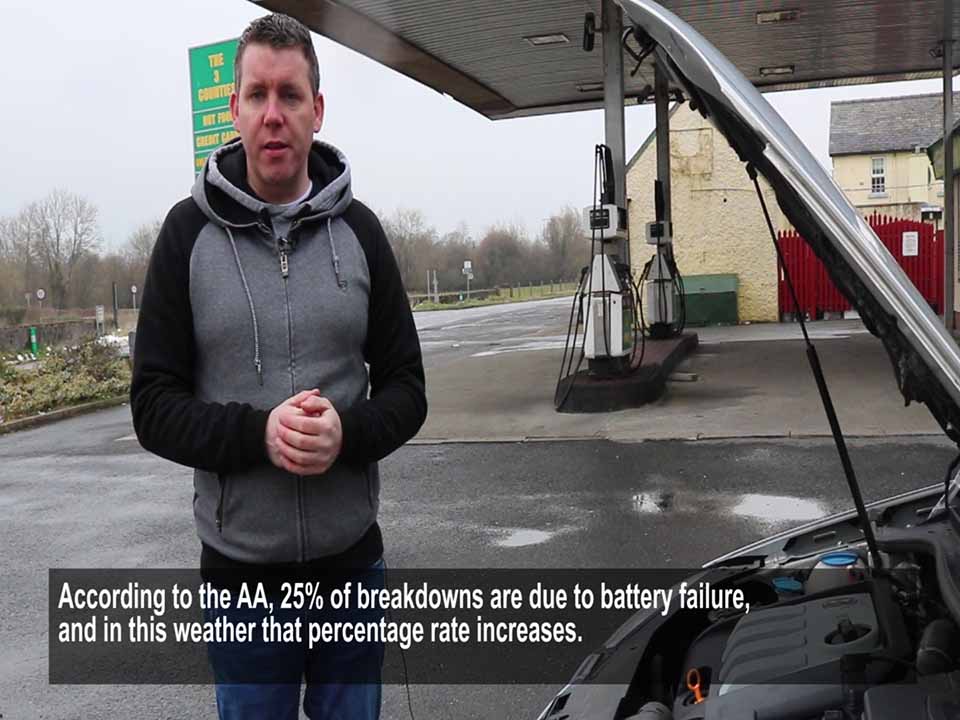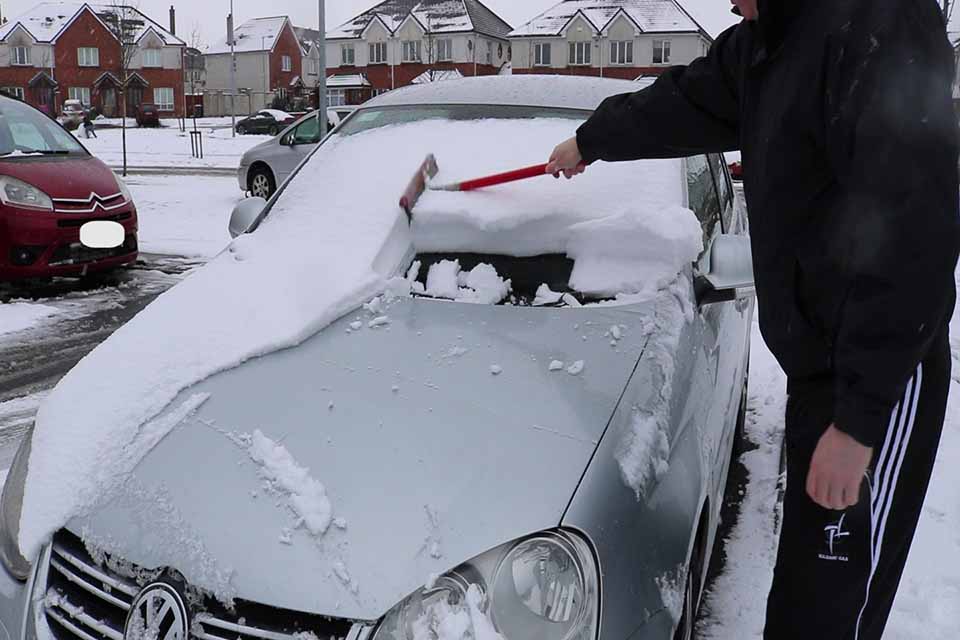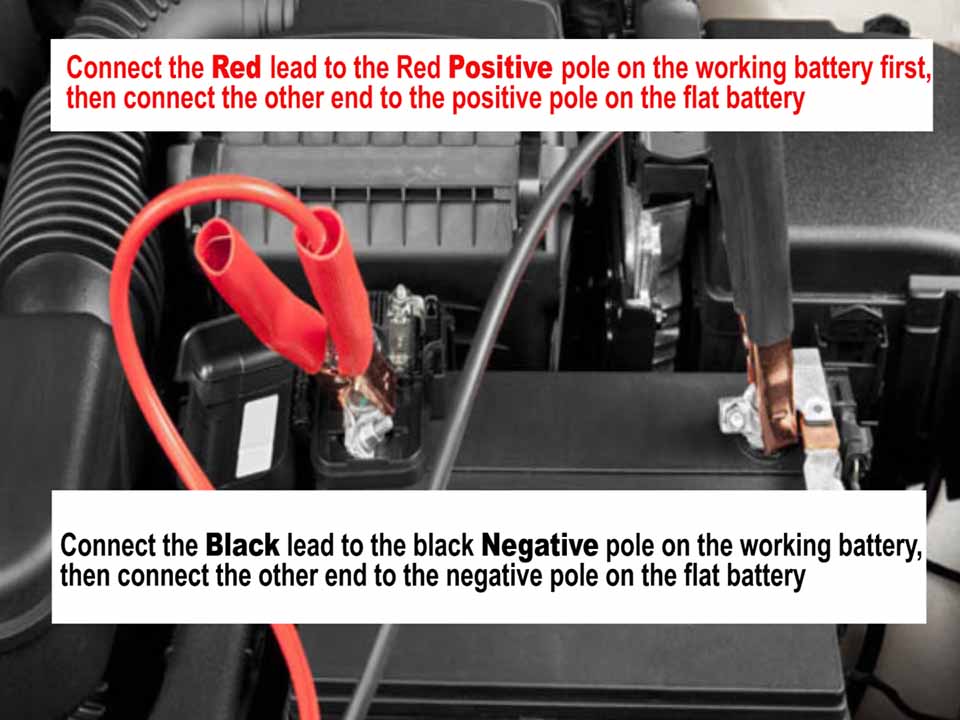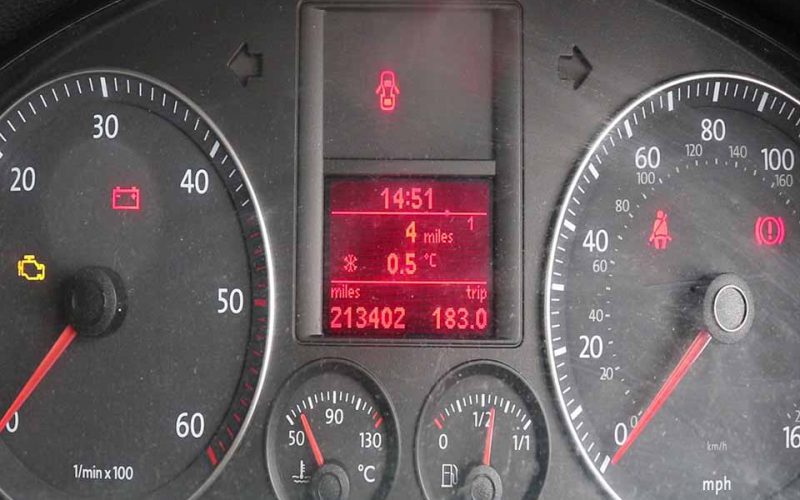Will your car start after all the snow has cleared?
Here’s a question, will your car start after all the snow, frost and ice has cleared?
Well, cars are a bit like people, they take a while to warm up and get going, and sometimes, they might not even start at all.
Report by Declan Keogh
In this weather, many cars may not start due to cold batteries caused by the freezing temperatures, and also due to the fact that the car has been sitting in the driveway surrounded by snow for a few days.
So, before all the snow disappears and we return to some normality, it’s a good idea to check your car and your battery now, and every day of the snow.

If your battery is more than three years old, it’s a good idea to charge it once a week during the winter season. In addition to that, you can also help save the battery by switching off all lights, wipers, heaters etc before switching off the engine. This helps prevent any drain on the battery.
Now, without getting too technical or mechanical, when a car doesn’t start, it might be because the engine oil has thickened in the cold, which increases friction, and this makes it harder for the starting motor to turn the engine, that’s one option, but when a car has been sitting idle for long periods in normal weather, or even in short periods in severe cold, the battery gets tired, and the engine gets cold, which means your car might not start when you need it to.

So, in order to get ahead of this, clear your car of any snow and ice every day, start the engine and leave it running for about 30 seconds or so, that’s all that’s needed as the engines in most modern cars adjust their temperatures accordingly.
It’s always a good idea to carry a set of jump lead cables or a battery power pack in your car. If you need to jump start your car, make sure to do it in the right way, and yes, it must be said, connect the RED positive lead to the positive pole on the working battery and connect the other end of the red lead to the positive pole n the flat battery.

Using the black lead, connect the Black negative lead to the black negative pole on the working battery and then connect the end of the black lead to the negative pole on the flat battery.
It’s important that you connect from the working battery to the flat battery first.
After about a minute or so, try starting the car with the flat battery, if it works deadly, if not, leave it for a bit longer, but remember to switch off the engine while you wait.
If or when you get your car started using jump leads, leave the engine running for a few minutes to charge up the battery.
When removing the jump leads, remove them in the reverse order they were connected, and remember don’t let the end of any leads touch off each other or any metal parts.
You should then take the car for a 30-minute drive or so to charge up the battery more.
If the battery doesn’t start after a few attempts, consult a mechanic!
WATCH: How to keep your car battery in working order

